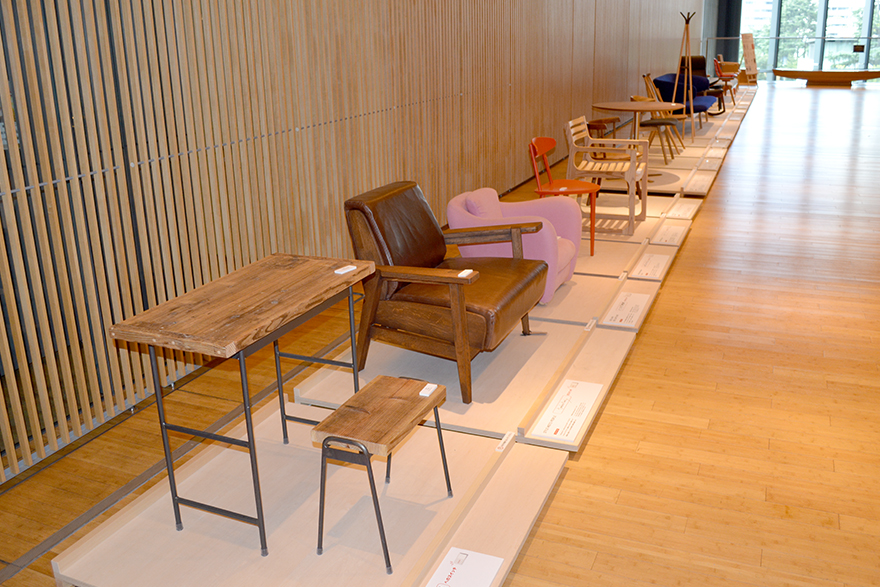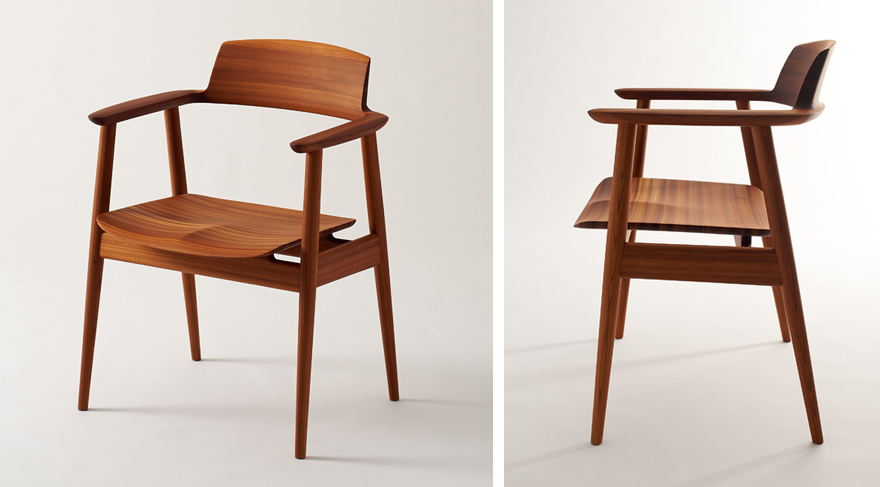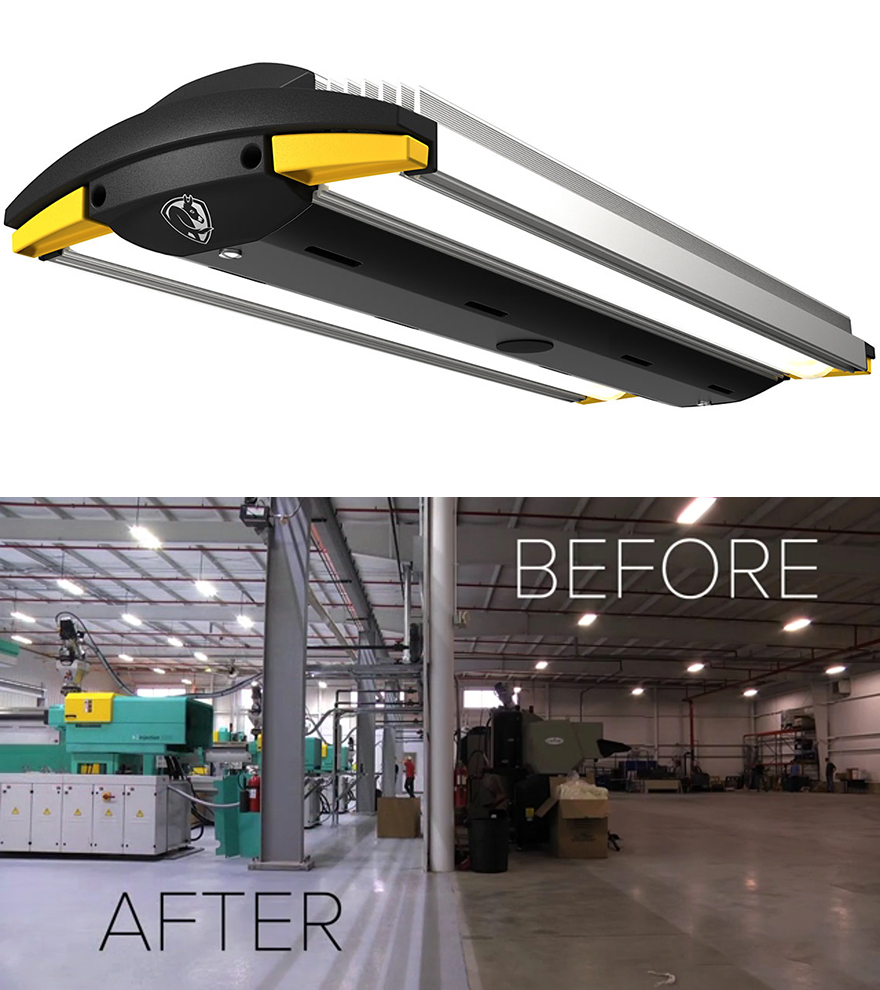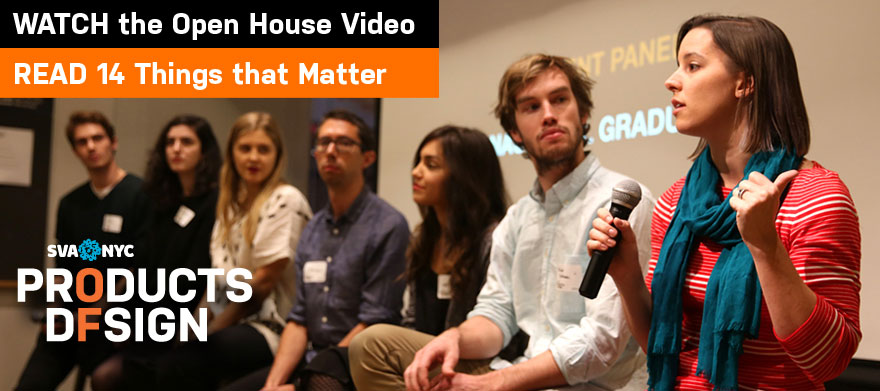
Since 1957, the Good Design Award has taken place in Japan to evaluate, encourage and promote design in industry. The products and services awarded receive a "G-Mark," a note of distinction that apparently has high recognition among the Japanese public: the Japanese Institute of Design promotion states that 86% of the population is familiar and aware of the mark. Applying the G-Mark to products and services is a boon to smaller manufacturers to elevate their presence in the marketplace and serves to promote the work of industrial and product designers in Japan.
Despite its prominence in Japan, the G-Mark is not as well known internationally, particularly outside of Asia. This year the Japanese Institute of Design promotion made a concerted effort to invite international design press with representatives from publications like Design Bureau, Taiwan's uDesign, Yanko Design and of course Core77 among others. We were given access to the exhibit as well as interviews with jury members and the chairman of the 2014 Good Design Award, renowned industrial designer Naoto Fukasawa.
The scope and scale of the Good Design Exhibition itself is quite immense, with 1,258 winners, covering fields including Furniture Design, Architecture, Automotive, Service Design and Design for Industrial Manufacturing. In addition to the G Mark Winners, the Good Design Exhibition includes G Mark co-sponsored awards programs from Thailand, India, Laos, Cambodia and Vietnam, which not only showcased the contemporary design scenes of the regions but emphasized the materials and techniques of small manufacturers that have been losing economic traction and international awareness due to large-scale mass production spurred on by cheap labor.
 Above and below: recipients of Thailand's Design Excellence Award.
Above and below: recipients of Thailand's Design Excellence Award.

Tokyo Midtown, an immense mixed-use development space in Roppongi, was the main hub of this year's exhibition, with satellite exhibitions in Shibuya and Ginza.
Beyond the stringent criteria in the screening process, this year's annual theme was Kokochi (心地) which roughly translates to a "Quality of Comfort." Naoto Fukasawa describes Kokochi as a satisfying quality of interaction that is essential for design. According to Fukasawa, successful Kokochi in design builds a harmonious interaction between the users and technology. For him, Kokochi is an essential aspect of design that contemporary designers must strive for, in order to create relevant products and services. Additionally, Jury Member Gen Suzuki describes this sensation as a result of achieving a harmony or balance between all the facets of a design. Designs that best exemplified the theme were chosen for the Good Design Best 100 Special Exhibition.
(more...)




 Image courtesy of Joe Crumley /
Image courtesy of Joe Crumley / 

 Photos by
Photos by 


















 Poltrona Frau's original armchair, with its built-in ashtray
Poltrona Frau's original armchair, with its built-in ashtray



 Yasser Fathi Qudih
Yasser Fathi Qudih















